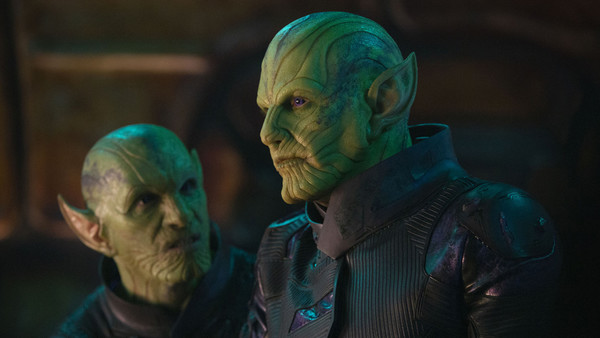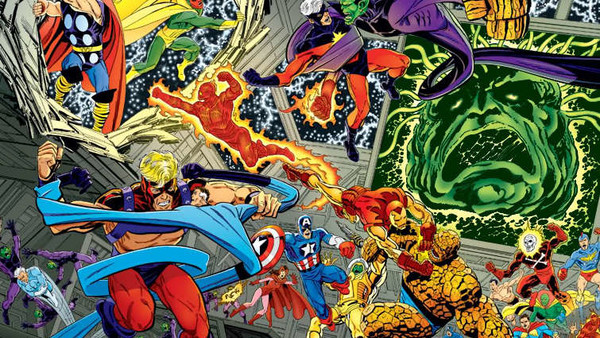Captain Marvel: 20 Easter Eggs And References Explained
13. Changes To The Kree-Skrull War

The primary inspiration for Captain Marvel (apart from the breadth of material produced by the aforementioned DeConnick since the start of the decade), is the Kree-Skrull War, an Avengers storyline published at the start of the 1970s. Written by Roy Thomas, and with art from the likes of Neal Adams, Sal and John Buscema, the Kree-Skrull War was intended to work as an allegory for the Cold War, with Earth repositioned as a strategic footnote in a wider conflict fought between the Kree and the Skrull, just as plenty of other countries were treated by the USA and USSR following the Second World War.
It was a brilliant story, and one that served a vital purpose at the time, but simply lifting the metaphor and applying it to today's zeitgeist just wouldn't have worked. In recent years, we've seen Marvel modernise their older allegories to fit changing moods and times, such as Tony Stark shifting from being the face of the Military Industrial Complex in the Cold War back when he was created, to one who emerged during the War on Terror in 2008's Iron Man.

Just like with Stark, the Kree-Skrull War takes on a whole different kind of salience in Captain Marvel. Instead of the two alien civilisations fighting for control of the galaxy as equal superpowers, the film repositions the Skrulls as victims of the Kree's desire for hegemony. They're displaced by war and effectively made refugees, mirroring the current crisis caused by armed conflict in the Middle East.
It's a fantastic twist, with the Skrulls recast not as villains, but as victims. It comprises a broader part of the film's anti-war message, and one that was first championed by the original Avengers story when it was published in the early seventies.